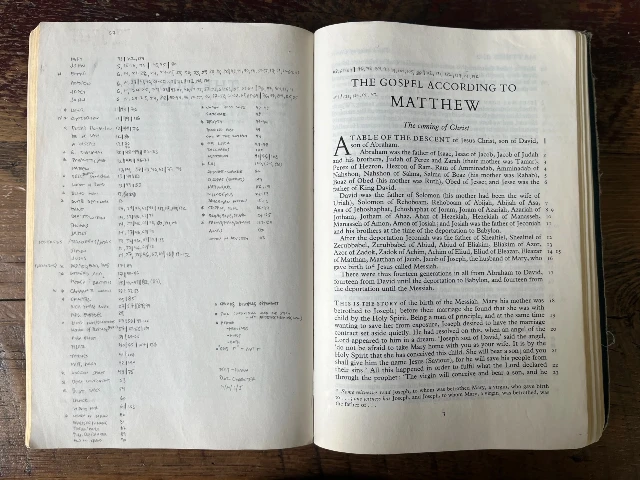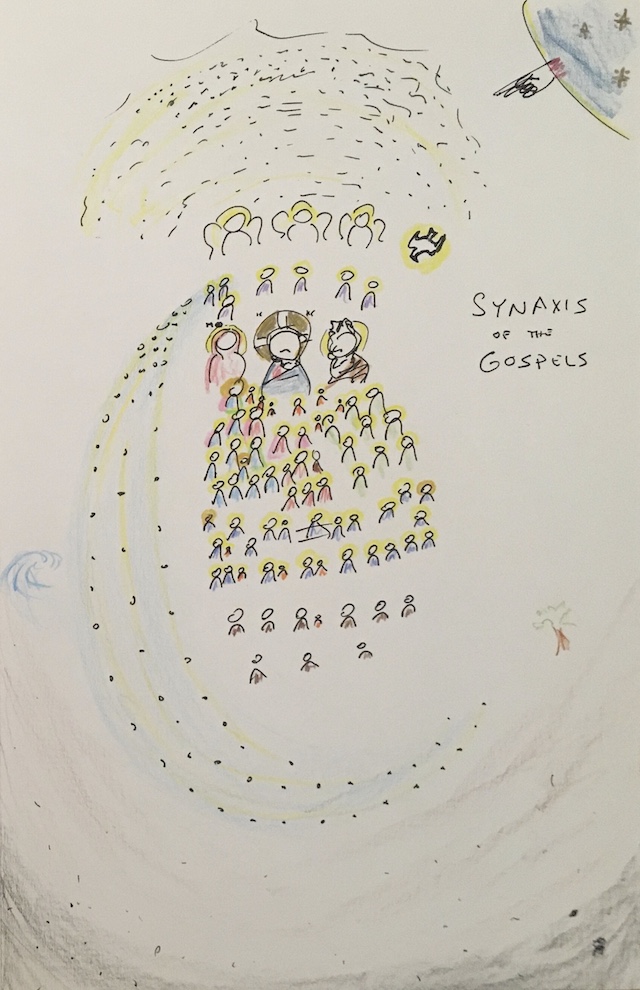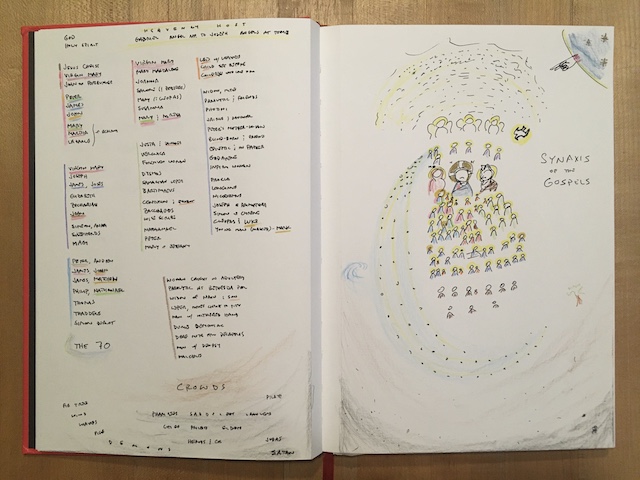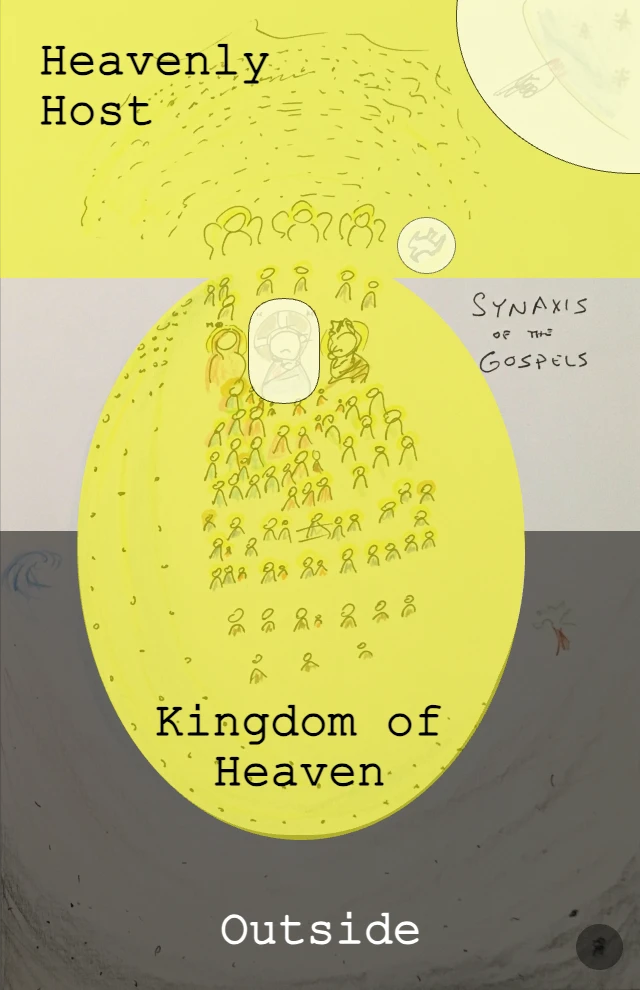Toward a Synaxis of the Gospels
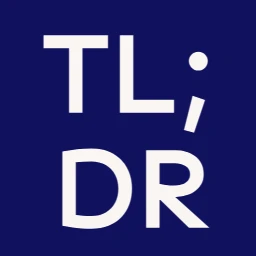 I made a drawing of all the individuals in the Gospels, arranged hierarchically. Could this lead to an icon?
I made a drawing of all the individuals in the Gospels, arranged hierarchically. Could this lead to an icon?I have an idea for an icon, which I am calling the “Synaxis of the Gospels.” I am not aware that such an icon exists. If so, please let me know. In this post I share the story of how I came to find this idea. Then I present a simple sketch of what such an icon might look like, and some initial thoughts on its structure.
My purpose in publishing this idea for a Synaxis of the Gospels icon is to offer it to the Church for consideration. Maybe it’s a good idea, maybe it’s a bad idea. I need your help to know. The potential value, if this be genuine, is in having another means of seeing Christ at the center of all things, and of better knowing those who knew Christ on earth. I believe they stand ready to help us deepen our worship of Christ our true God in our own time, to orient our own lives around Him.
How I Found the Idea
I converted to Orthodoxy from Anglicanism after several decades of studying the Gospels. I had considered the question of how to live my life from the perspective of its end: the dread judgement seat of Christ. Reading the Gospels through this lens, I discovered St. Justa, and then the rest of the Twelve Faithful Servants (as I came to call them).
The wider question was: who are all the individuals in the Gospels, and how do they relate to Christ? For surely Christ is the center of the Gospels, as He is the center of the whole cosmos, and of our own lives. I did a study on this in 2008.
My particular interest was to distinguish the individuals whom Christ interacts with in the Gospels from the groups with whom He interacts. While I myself inhabit several group identities, I exist before God first as a unique individual. I wanted to better understand my own relationship with God by meditating on the Gospel record of His interactions with individuals as individuals. This led me in 2008 to an appreciation for St. Justa, the Canaanite Woman. Revisiting this question in 2018 led me to recognize and name the Twelve Faithful Servants.
In 2022, a friend invited me to add a page to a notebook of poems, artwork, recipes, reminiscences, and so forth. This was in the first year after my chrismation. I decided to use the opportunity to make a drawing of all the distinct individuals in the Gospels, according to the Church’s understanding as best I could determine it. I fulfilled the request on December 13 of that year.
A Sketch of an Icon
I am not an artist, let alone an iconographer. I humbly offer this sketch here as a starting point, a suggestion to you who are more knowledgeable than I, and more skilled (the bar is low, friends). What is missing or misplaced?
An icon of the Synaxis of the Gospels is not entirely without context or precedent. Here are icons I had in mind when making this drawing, or that I have been made aware of since. In each of these, the primary motif is the centrality of Christ in the communion of His saints.
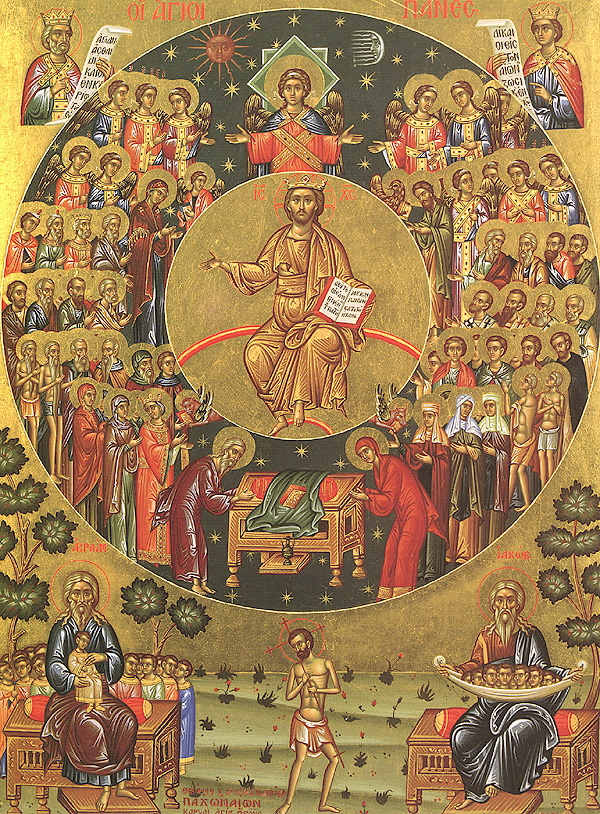 Synaxis of All Saints
Synaxis of All Saints
|
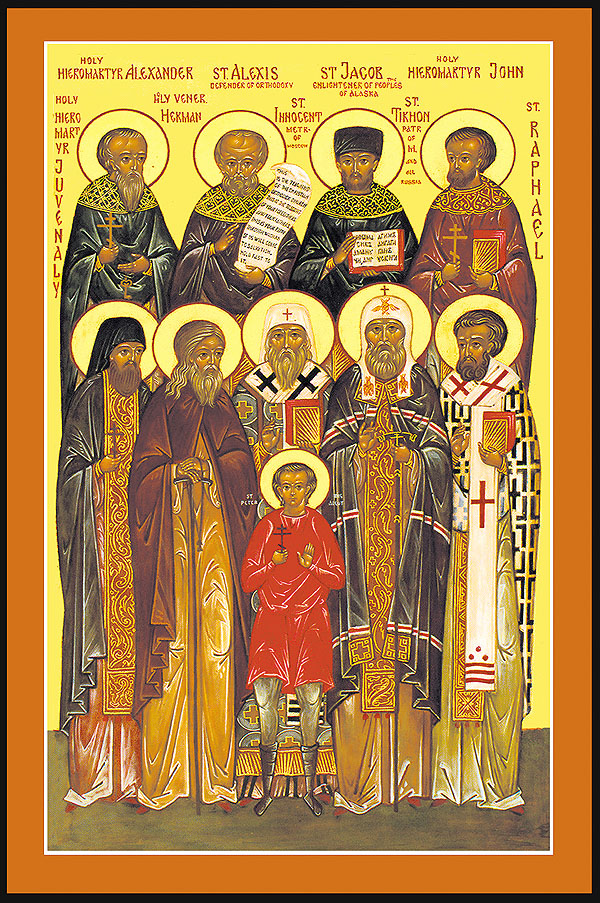 Synaxis of the Saints of North America
Synaxis of the Saints of North America
|
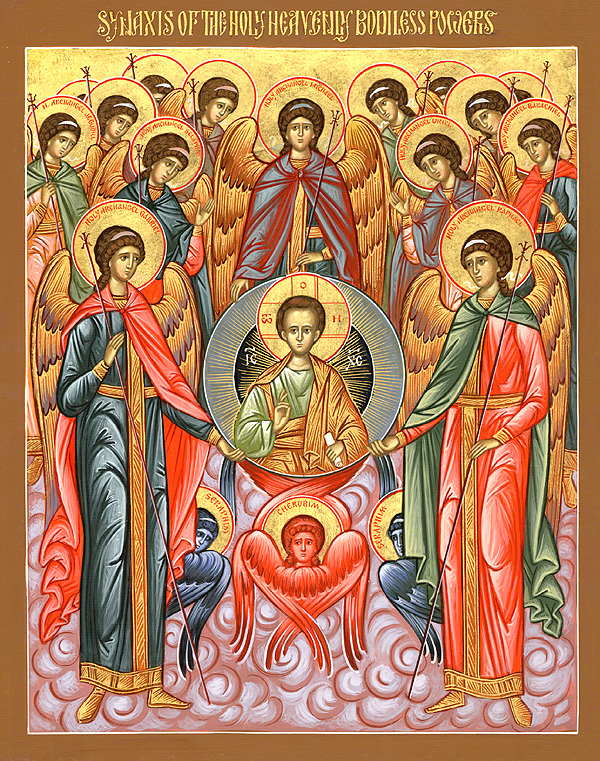 Synaxis of the Archangel Michael and the Other Bodiless Powers
Synaxis of the Archangel Michael and the Other Bodiless Powers
|
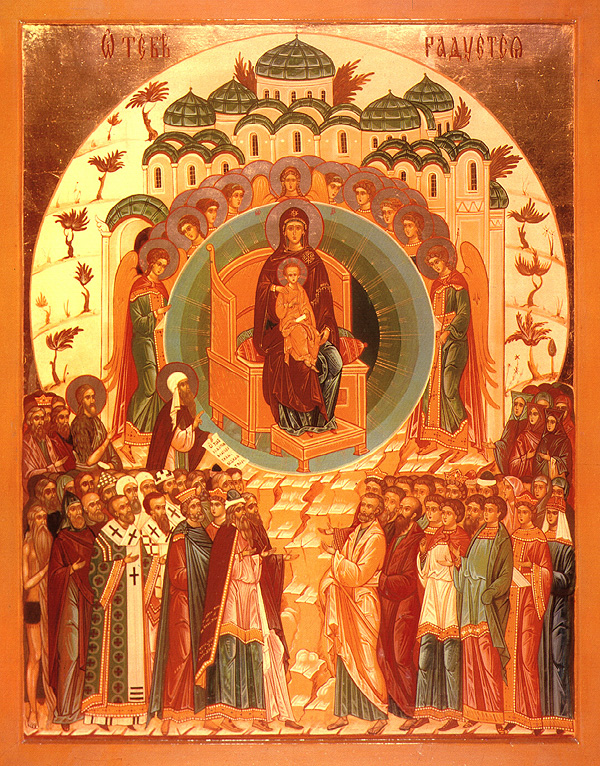 Synaxis of the Theotokos
Synaxis of the Theotokos
|
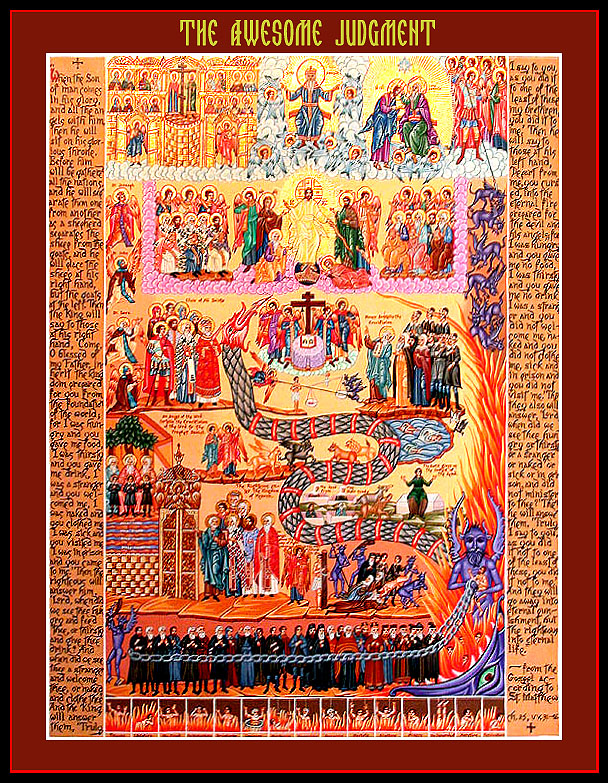 The Last Judgement
The Last Judgement
|
 The Proskomedia or Prothesis
The Proskomedia or Prothesis
|
Thoughts on Structure
The center of the cosmic hierarchy we find in the Gospels is our God and Savior, Jesus Christ, and, as with other synaxis icons, He is at the center of my composition. The Father is indicated at upper right by the hand outstretched in blessing, as in the icon of the Sinful Woman Forgiven by Christ. In including it in my drawing, I had in mind the Voice from Heaven at Christ’s Baptism, His Transfiguration, and the Coming of the Hour. The Holy Spirit descends in the form of a dove as at the Baptism.
Christ came not to bring peace but a sword, to separate out those who believe in Him from those who do not. In my drawing I represent this fundamental division with the sweeping curve of the Seventy Apostles. Within the arc they describe is the Kingdom, united with the angelic host and indwelt by God. Beyond are those who have placed themselves outside, under the sway of Satan. This defines the basic structure of the composition.
In the Kingdom
I arranged the individuals within the Kingdom in seven groups, according to the measure of their faith and devotion as recorded in the Gospels. I tried to be systematic rather than rhapsodic in the arrangement.
- The Deisis: Christ Himself, supplicated by the Virgin Mary, Mother of God, and St. John the Forerunner
- The Predecessors of Christ, by which I simply mean those from generations prior to His own, such as Righteous Joseph, and Righteous Simeon and Prophetess Anna
- The Twelve Apostles
- The Myrrh-bearing Women
- The Faithful Servants, a name I use for those whom Christ explicitly, directly praises for their faith
- Those whose faith is clear, though not explicitly, directly praised; for example, St. Photini, the Woman at the Well
- Those whose faith can be assumed, though it is not emphasized by the Evangelists, such as the Woman Caught in Adultery
There are many wonderful interrelations among these people to explore, especially among those in the first five groups. Peter and Andrew are brothers. Peter is an Apostle and also a Faithful Servant. Peter, James, and John are witnesses to the Transfiguration together. Mary, Martha, and Lazarus of Bethany are siblings with a close friendship with the Lord. Mary and Martha are Myrrh-bearers. Mary is a Faithful Servant—the only one praised twice. And so forth.
I represented children throughout this portion of the drawing, some with their parents who approach Christ for healing, others gathered directly before Christ. They are closer almost than the members of the Deisis. “Suffer little children, and forbid them not, to come unto me: for of such is the Kingdom of Heaven.”
Outside
Immediately outside the Kingdom I represented those particular elements of the natural world that appear in the Gospel stories, such as the wind and the waves, and the fig tree. Further beyond are the crowds, some individuals of whom are distinguishable, heckling Christ at various points. At the bottom of the picture is the outer darkness, reminiscent of the lower portion of the Golgotha, Resurrection, and Last Judgement icons. Here we find Satan, the demons, and those such as Herod and Judas who gave themselves over to him. Lord have mercy.
Map and Tree
I think of the Synaxis of the Gospels as a map. When I hear a particular story of an encounter with Christ, I can ask, “Where does this fit?” As I familiarize myself with this map, I come to know and internalize the Gospels.
It is also a family tree. The individuals in the Synaxis of the Gospels are the seed of the Church. They number approximately 150 (depending on how we count certain small groups of individuals, e.g., the Shepherds). The smallest seed becomes a great spreading tree, “so that the birds of the air may nest under its shade.”
We have some groups represented in the abstract, but an icon primarily represents concrete individuals. Therefore, figures from the parables are not included: the members of the Synaxis of the Gospels are historical persons. Each is a hypostasis. I included a key on the verso in my friend’s notebook. (I did, however, accidentally leave some people out. I would place Moses and Elijah with the predecessors, as well as the Magi and Shepherds. Let me know if you find others missing.)
My hope is that the Synaxis of the Gospels can help us more clearly see the first flush of the communion of saints in the Gospels. I believe these saints want us to know them better, to follow them as they follow Christ. May those individuals who encountered Christ in His first coming guide us in our individualistic age.
If the Synaxis of the Gospels is not of God, may it be rejected and forgotten. If genuine, may we see this icon emerge within the Church in God’s time.
